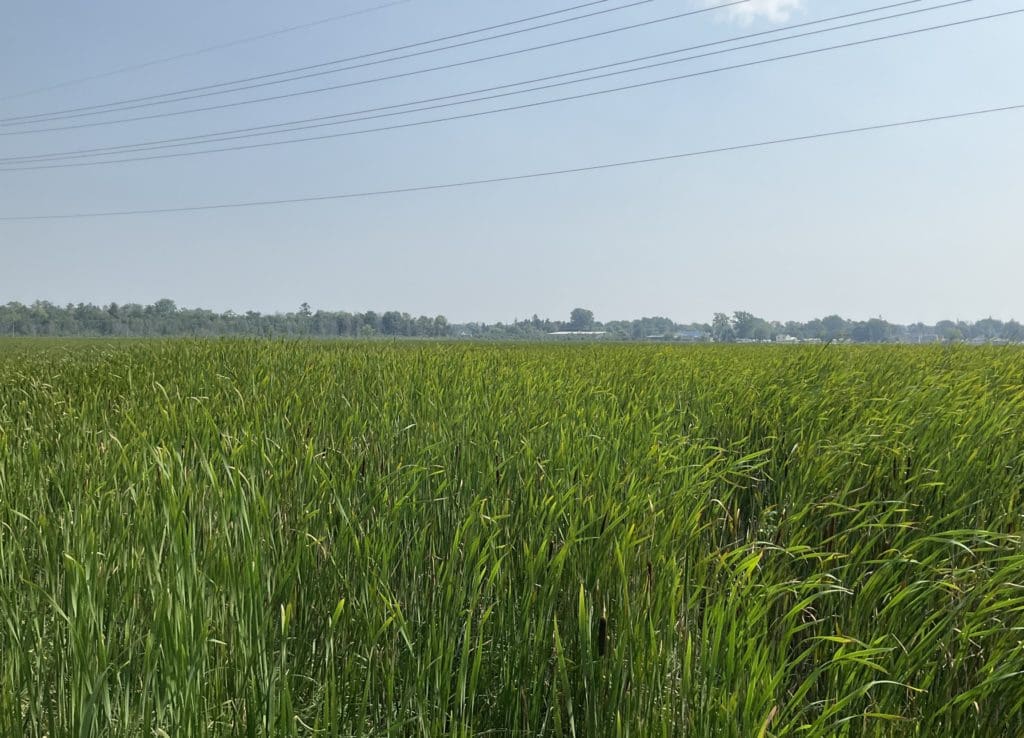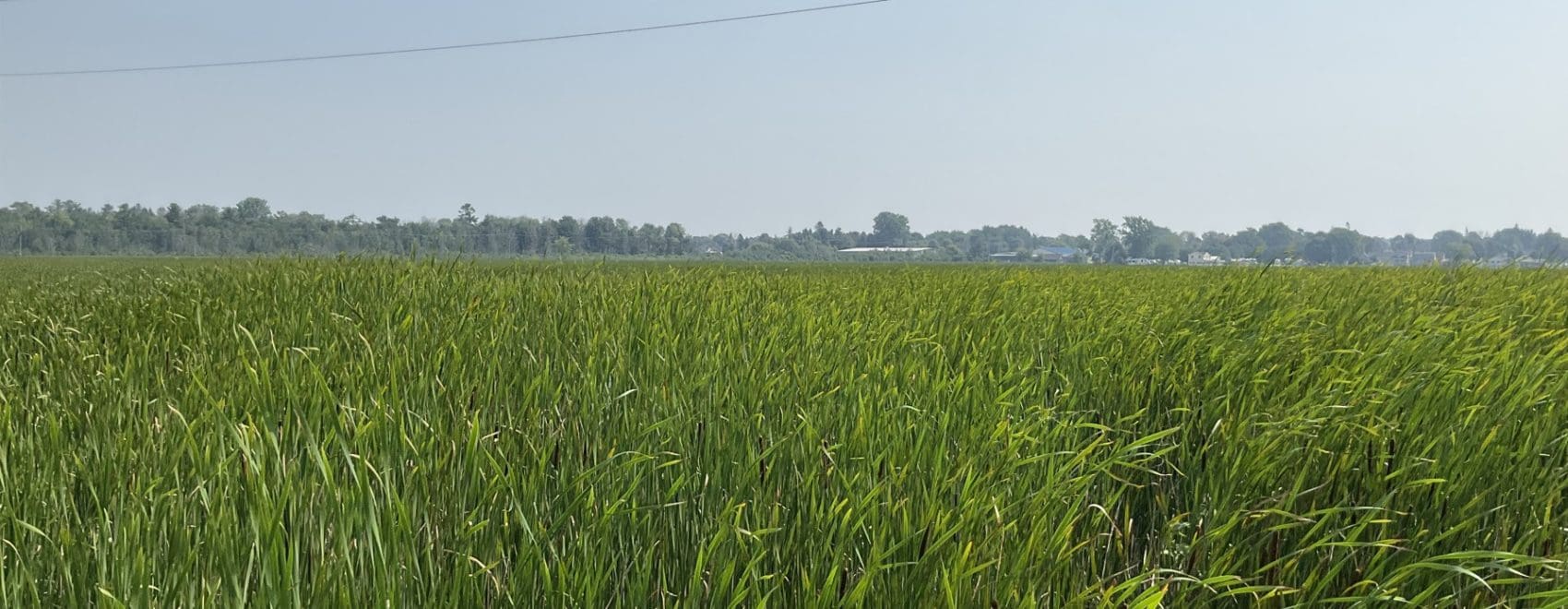Written by Summer Intern, Cielo Gutierrez Kuhaupt

I distinctly remember my first thought about wetlands. It was during one of my father’s soccer games at the local county park. Normally he played on a field that was too far for my mother to watch both the game and my older brothers and me, who wanted to play in the unfamiliar tall, tan grass. One game, however, he played on the field right next to it. We were so excited, but when we came close to the cattails and Reed canary grass, we noticed it was so wet and mosquito-y!
This memory caused me to notice how there were hardly any buildings on this type of land. When I worked in civil engineering, they referred to it as “wastelands.” I did not understand until my university was looking to replace our grass soccer field with turf. They chose a new location, which I thought seemed more difficult than building the stadium where the grass field known as Prairie Field once lay. One of my friends answered the question I had been silently wondering for all these years with “Prairie Field is on a marsh. It would be virtually impossible to build a structure as large as a stadium, and would disrupt the entire ecosystem dependent on it.”
This was the first time I heard someone speak of the importance of wetlands. On my first tour of Cattail Trail, I became familiar with the wetland that is Woodland Dunes’ backyard. Later in the summer Kennedy hosted our first adult camp, which was all about wetlands. I learned so much from it and wanted to share my new favorite fact regarding this ecosystem. The last activity of the camp demonstrated one of the most important aspects they offer. Kennedy had an oven pan set up at an angle, with sponges acting as a median. She then poured dirty water, representing contamination. The water was absorbed by the sponge, but when we pressed on it, the water that streamed to the bottom of the pan was clear. This illustrated how wetlands remove the sediments, nutrients, and toxic chemicals from water to help purify it.
While they might not be the most pleasant ecosystem to organically hike, wetlands are perhaps the most important to vitalizing our environment!

